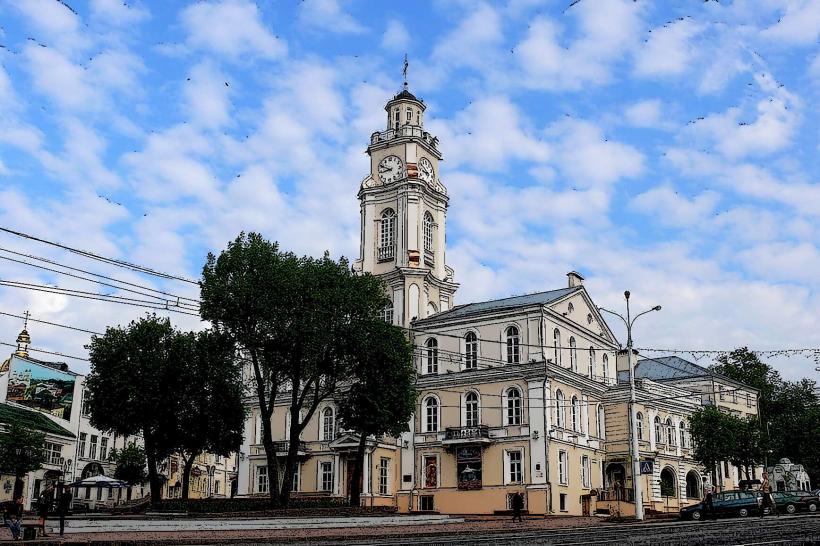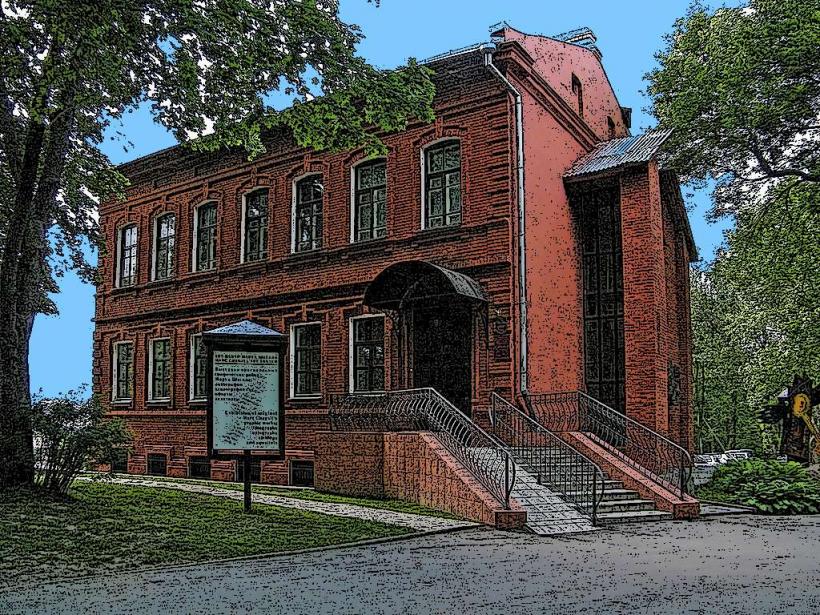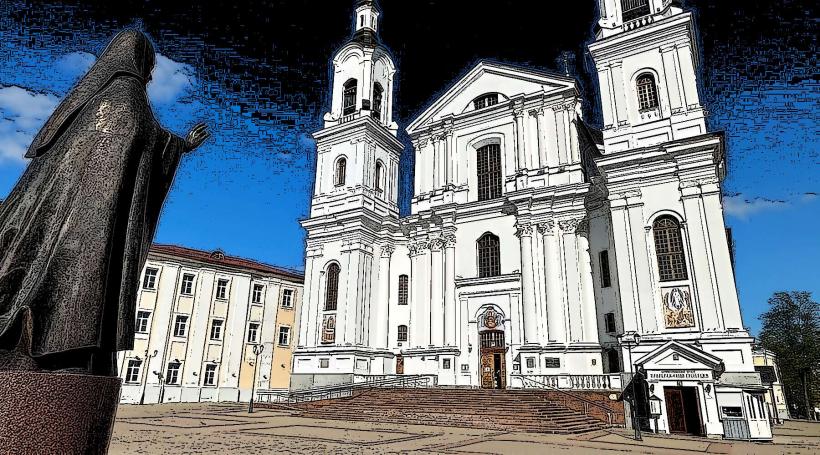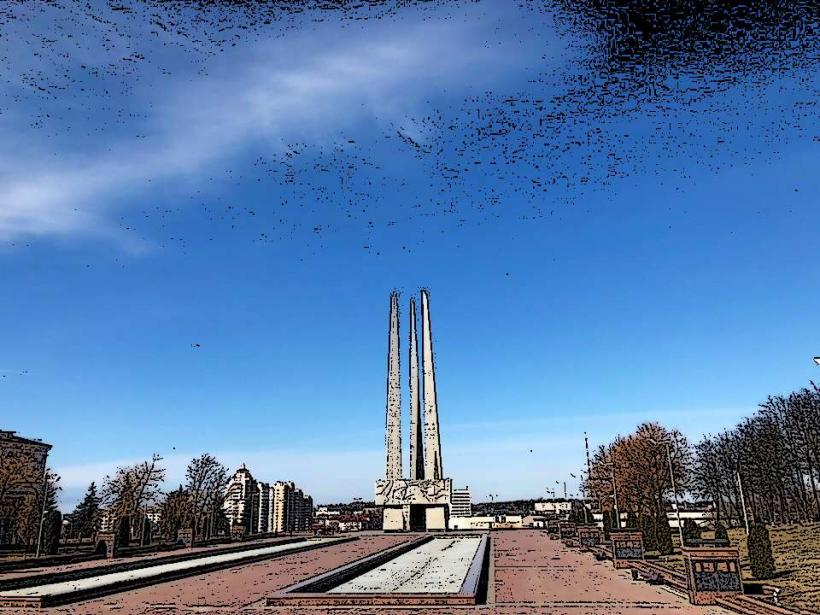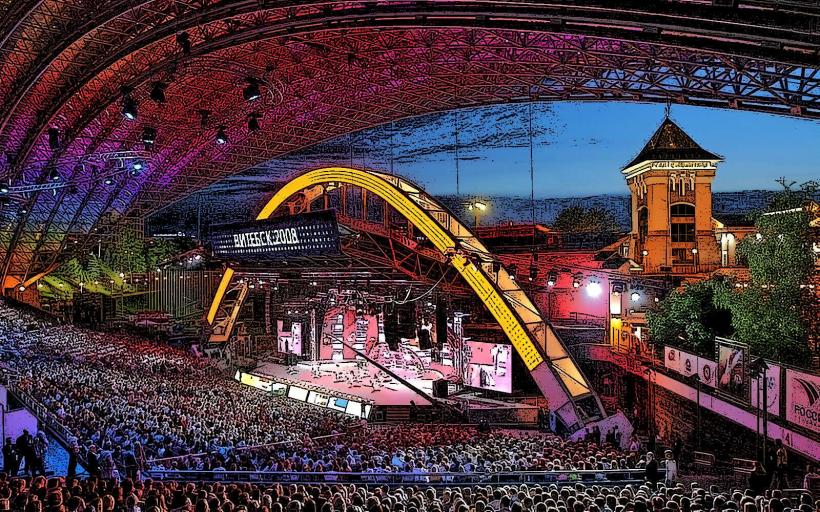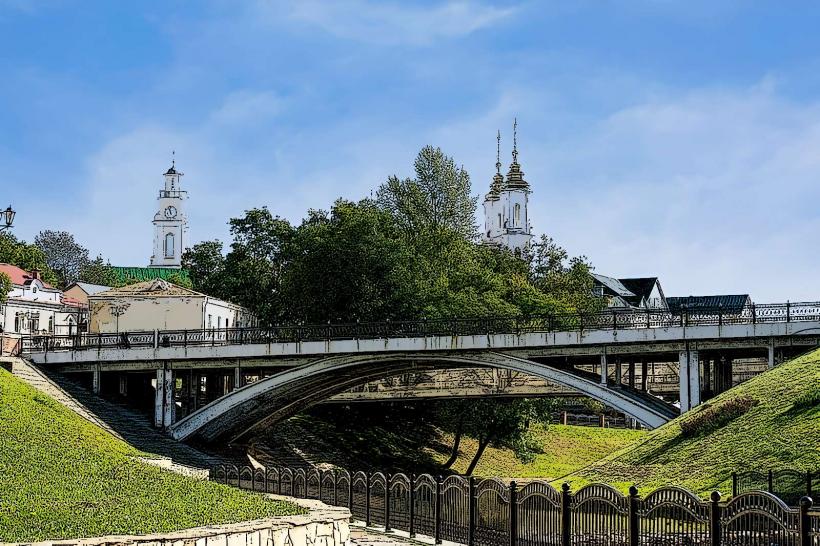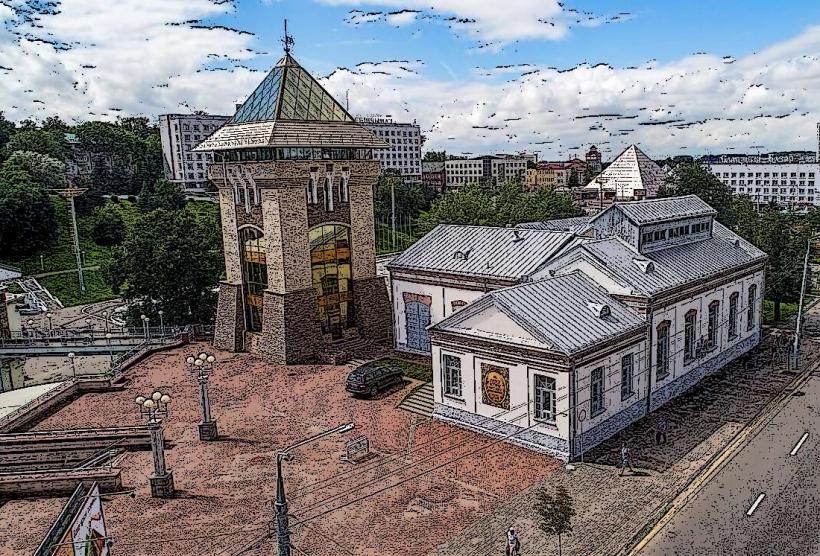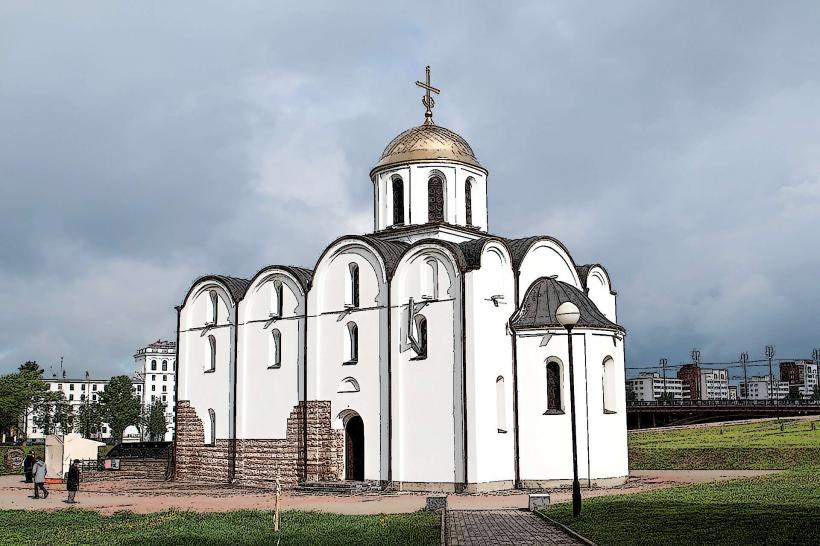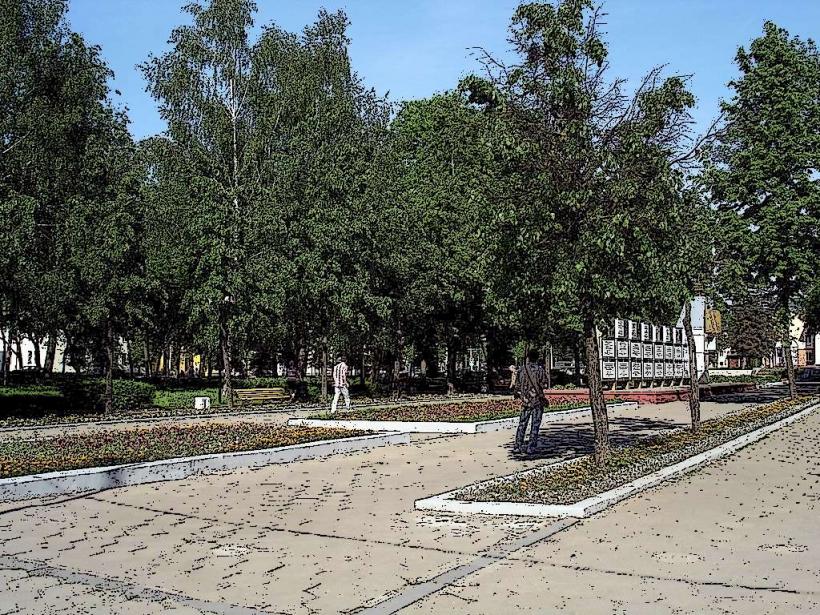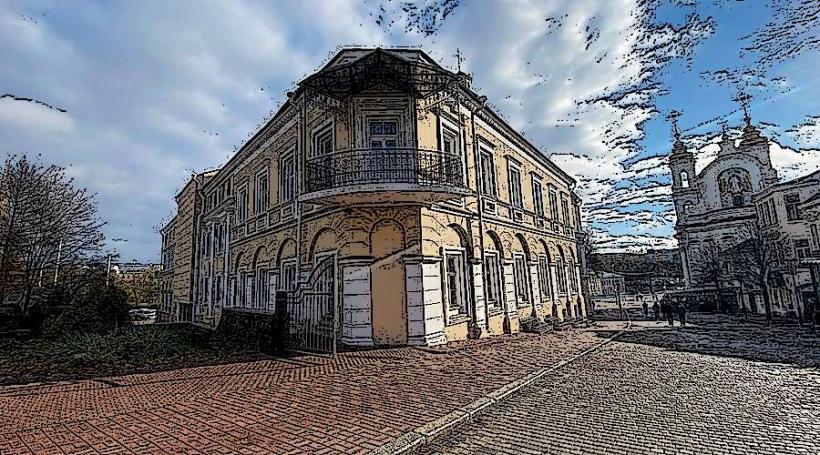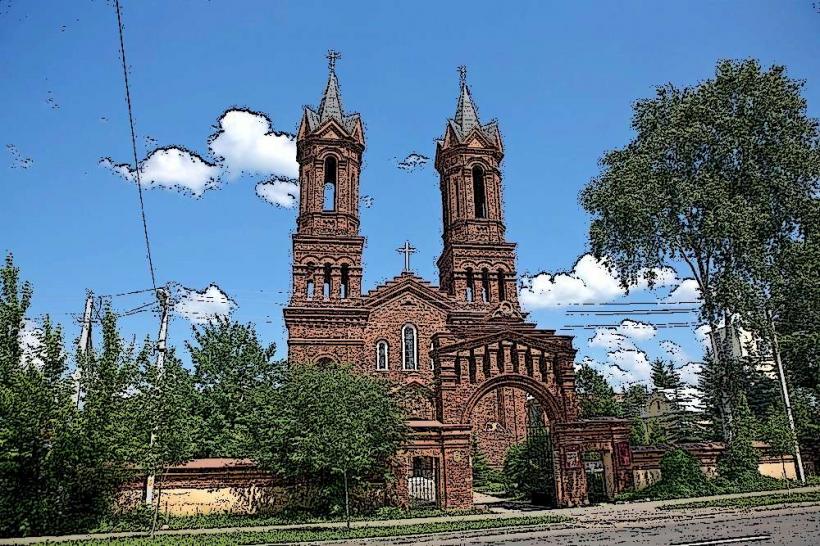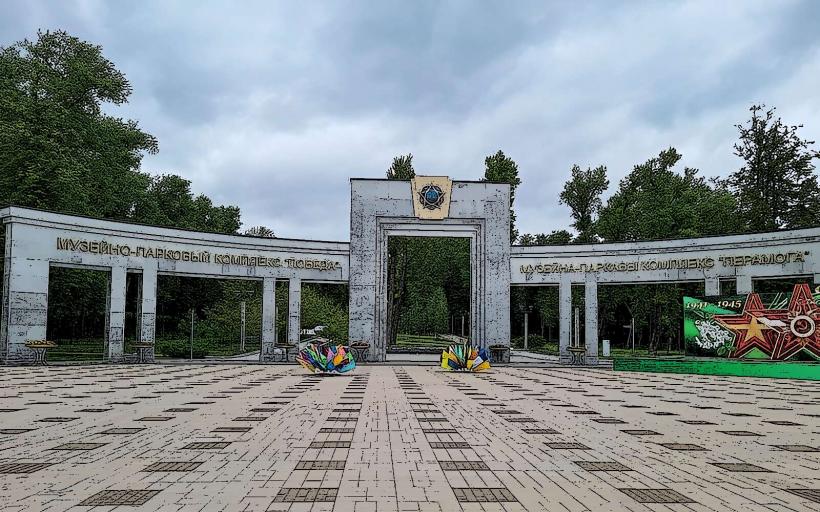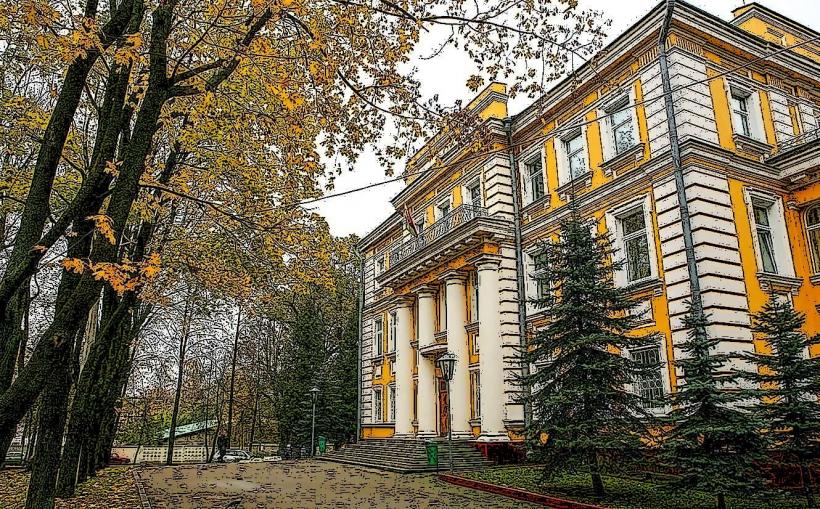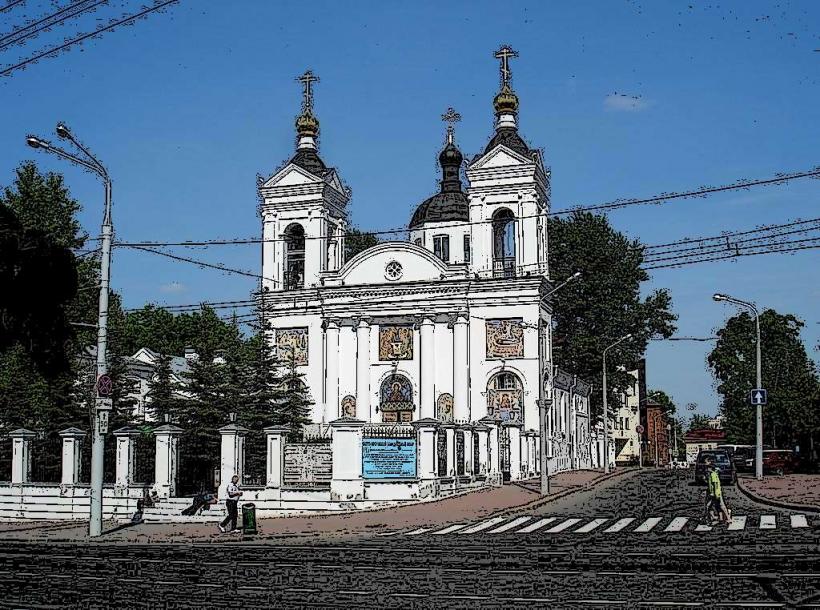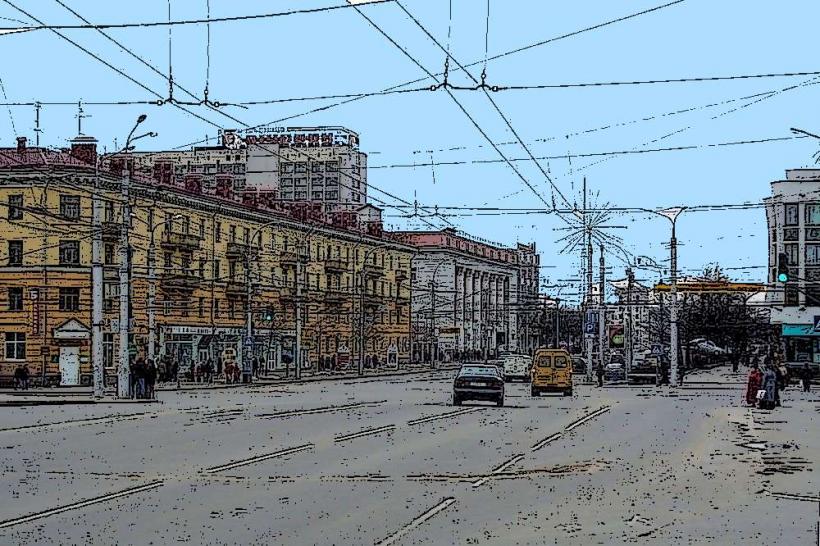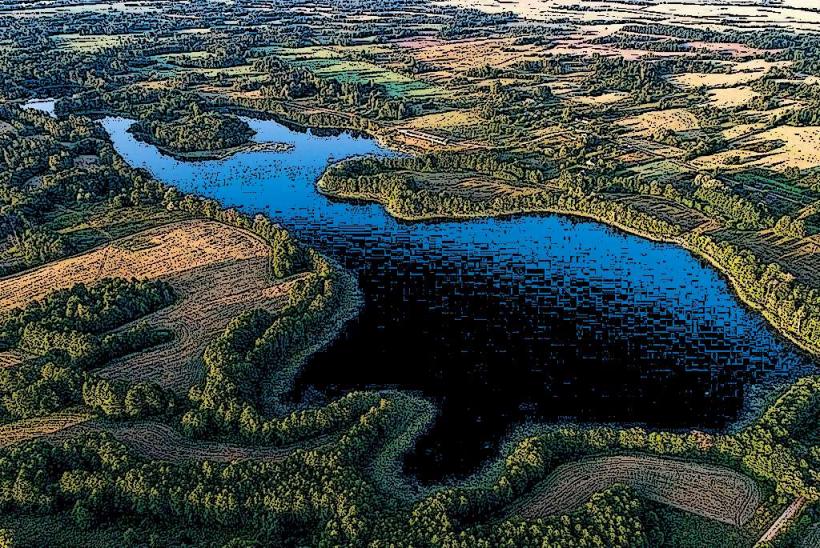Information
Landmark: Monument to Alexander NevskyCity: Vitebsk
Country: Belarus
Continent: Europe
The Monument to Alexander Nevsky in Vitebsk, Belarus, is a significant memorial that honors one of the most revered figures in Russian history, Prince Alexander Nevsky. The monument stands as a tribute to his contributions to Russian statehood, his military prowess, and his legacy as a defender of the Russian people.
Historical Background
Alexander Nevsky (1221–1263) was a Grand Prince of Novgorod and Vladimir and is best known for his military victories, particularly his defense of the Russian lands against foreign invasions. He famously won the Battle on the Ice in 1242, where he defeated the Teutonic Knights, a Germanic military order that sought to expand into Russian territories. His victory at this battle solidified his reputation as a military leader and a protector of the Russian people.
Nevsky was also instrumental in maintaining the political independence of Russian principalities in the face of Mongol invasions and internal divisions. His legacy as a statesman and warrior has made him a symbol of Russian unity and strength. Alexander Nevsky was canonized as a saint by the Russian Orthodox Church, and his life and deeds have been celebrated in Russian culture and history.
Monument Features
The Monument to Alexander Nevsky in Vitebsk is a striking sculpture that embodies both his military legacy and his status as a national hero. Although this particular monument is not one of the most famous in Russia, it still plays an important role in remembering the impact of Alexander Nevsky on Russian and Belarusian history.
Statue of Alexander Nevsky:
- The monument features a statue of Prince Alexander Nevsky, typically depicted in armor and with a sword. He is often portrayed as a strong and noble figure, reflecting his military prowess and his role as a defender of the Russian Orthodox faith.
- The statue often shows Nevsky holding a sword or other symbols of his leadership and military achievements, such as a shield or helmet, which connect to his victories in battle.
Pedestal and Inscriptions:
- The statue is placed on a pedestal with inscriptions that honor Nevsky’s victories and his historical significance. The pedestal may bear his name, titles, and other symbols related to his rule and legacy, such as references to his battle against the Teutonic Knights and his status as a patron saint of Russia.
- The inscriptions may also include quotes from historical texts or religious prayers, reflecting Nevsky's spiritual significance as a saint.
Architectural Style:
- The design of the monument is typically in a traditional, heroic style that reflects both medieval and 19th-century Russian monumental sculpture. The use of bronze, stone, or other durable materials ensures the statue’s longevity and prominence as a public monument.
- The monument’s layout is intended to evoke respect and reverence, with a carefully designed surrounding area that includes pathways, greenery, and open space for reflection.
Cultural and Historical Significance
The Monument to Alexander Nevsky in Vitebsk serves not only as a tribute to a great historical figure but also as a symbol of the shared cultural and historical heritage of Russia and Belarus. Alexander Nevsky’s legacy as a warrior, ruler, and saint is an integral part of the Russian Orthodox tradition and has had a lasting impact on both Russian and Belarusian identity.
Patriotism and National Pride: The monument plays an important role in promoting national pride and patriotism in Vitebsk. It reminds residents of their shared history, particularly in relation to the protection of the Russian land and faith during medieval times.
Religious and Spiritual Symbolism: As a canonized saint in the Russian Orthodox Church, Alexander Nevsky represents the fusion of military and spiritual leadership. His association with the church and his promotion of Orthodoxy in the face of external threats make the monument significant from a religious perspective, especially for the Orthodox Christian community.
Connection to Russian History: The monument ties Vitebsk to broader Russian history, highlighting the role of Belarus within the context of the Russian Empire and its historical struggle for independence and unity. This connection to Russian imperial history is particularly important in the context of Belarus’s complex relationship with Russia and its historical heritage.
Location and Accessibility
The Monument to Alexander Nevsky is located in a prominent public space in Vitebsk. It is situated in a central area, easily accessible to both locals and tourists. Visitors can view the monument during the day, with its strategic location making it a convenient stop for those exploring the city’s historical sites.
The monument is often found in a park or square, surrounded by greenery, benches, and open spaces for visitors to sit and reflect. Its location in a public area ensures that it is a widely visible and respected landmark, contributing to the cultural atmosphere of Vitebsk.
Visiting the Monument
- Opening Hours: The monument is open to visitors at all times, as it is a public outdoor sculpture.
- Admission: There is no fee to visit the monument, as it is part of the public landscape.
- Tourism and Educational Value: Visitors can learn about the significance of Alexander Nevsky through informational signs or local guides. The monument serves as both a historical and cultural landmark, offering insight into the medieval history of the region and the importance of Nevsky in Eastern European history.
Conclusion
The Monument to Alexander Nevsky in Vitebsk stands as a proud tribute to one of the most important figures in Russian history. Through its powerful depiction of Nevsky as a military leader and saint, the monument honors his contributions to the defense of the Russian lands and the Orthodox faith. It also serves as a cultural and historical marker, reinforcing Vitebsk’s place in the broader context of Russian and Belarusian history. Visitors to the monument are reminded of the enduring legacy of Alexander Nevsky, whose heroism and leadership continue to inspire people today.

